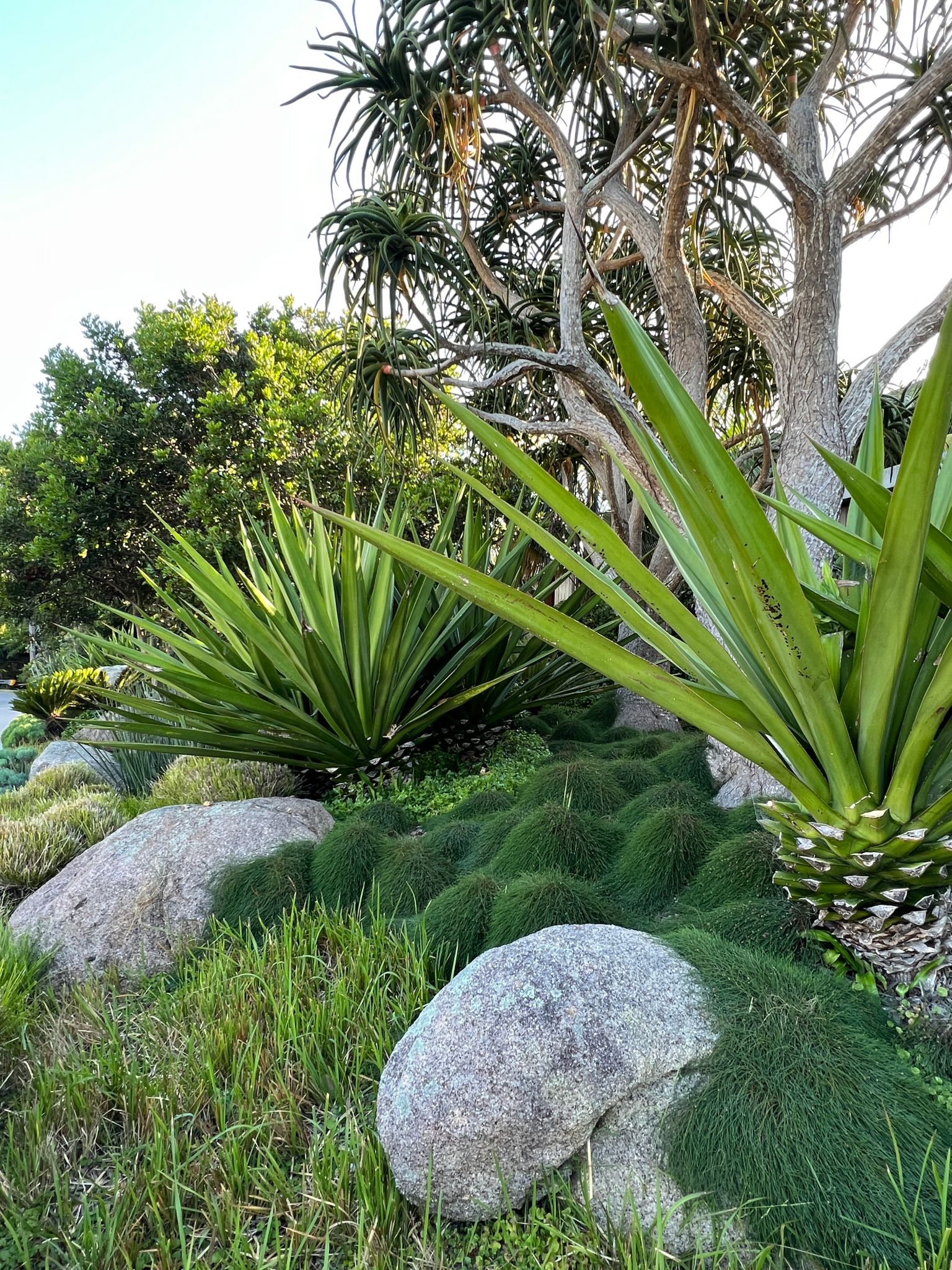Common Landscaping Myths Debunked
Understanding Landscaping Myths
Landscaping is an art form that enhances the beauty and functionality of outdoor spaces. However, there are numerous myths surrounding landscaping that can lead homeowners astray. By debunking these common misconceptions, you can make informed decisions about your property and achieve the landscape of your dreams.
Myth 1: Native Plants Are Always Better
While native plants are often praised for their ability to thrive in local climates and support local wildlife, they aren't always the best choice for every garden. Some native plants can become invasive, and others may not provide the aesthetic appeal or functional benefits you’re seeking. It's important to strike a balance by incorporating both native and non-native plants that suit your specific landscape goals.

Myth 2: More Fertilizer Equals Better Growth
One of the most common misconceptions in landscaping is that more fertilizer will lead to faster and healthier plant growth. In reality, excessive fertilization can harm plants by causing nutrient imbalances and environmental damage. It's essential to follow recommended guidelines and conduct soil tests to determine the precise needs of your landscape.
Myth 3: All Mulch Is the Same
Mulch plays a crucial role in maintaining soil moisture, reducing weeds, and enhancing the appearance of garden beds. However, not all mulch is created equal. Organic mulches, such as bark or wood chips, decompose over time, enriching the soil. In contrast, inorganic mulches like gravel or stones do not decompose but offer other benefits, such as improved drainage. Choosing the right type of mulch depends on your specific landscaping needs.

Myth 4: Landscaping Is Only for Aesthetics
Many people believe that landscaping is purely for enhancing the visual appeal of a property. While aesthetics are certainly important, landscaping also serves functional purposes. A well-designed landscape can improve energy efficiency by providing shade, reduce noise pollution, and increase property value. Additionally, it can create spaces for relaxation and entertainment, contributing to a better quality of life.
Myth 5: You Can Landscape Once and Be Done
Landscaping is an ongoing process rather than a one-time task. Plants grow and change over time, requiring regular maintenance to keep them healthy and attractive. This includes tasks such as pruning, weeding, and seasonal planting. Continuous care ensures that your landscape remains vibrant and thrives year after year.

Conclusion
Understanding these common landscaping myths can help you make better decisions for your outdoor spaces. By approaching landscaping with a clear understanding of its complexities and ongoing requirements, you can create a stunning and sustainable environment that enhances both your property and your lifestyle.